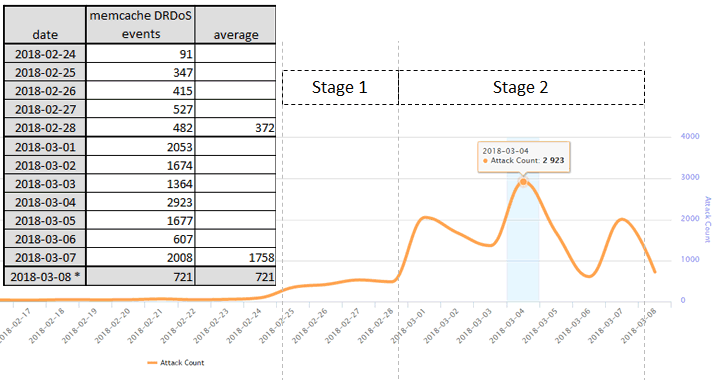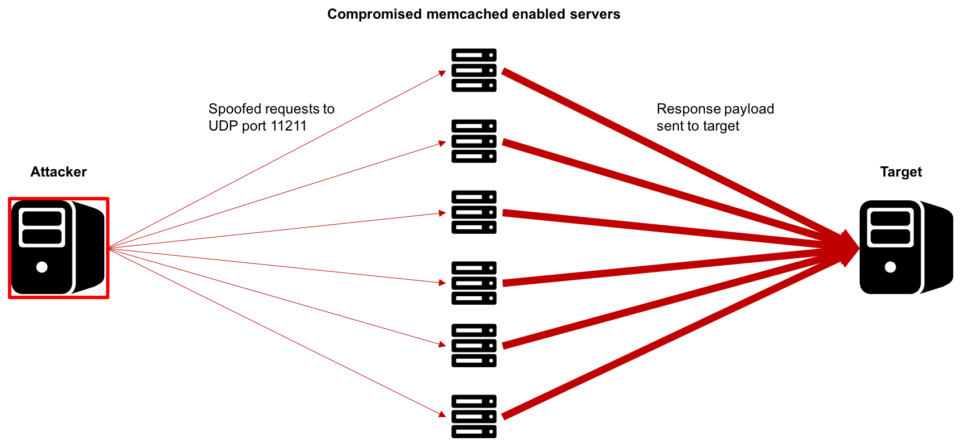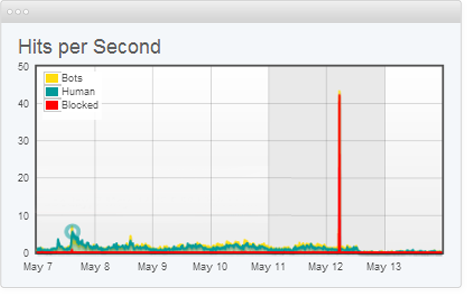
Netscout/Arbor publishes a set of AIF filter lists on a regular basis which contain up-to-date information on vulnerable servers which are actively being used as DDoS Reflectors.Distributed Denial-of-service (DDoS) is a persistent threat facing businesses of all types, regardless of geographic location or target market. This proactive approach can provide more precise mitigation.

How Can Organizations Mitigate and Prevent Reflection Amplification Attacks? The most prevalent forms of these attacks rely on millions of exposed DNS, NTP, SNMP, SSDP, and other UDP/TCP-based services.

This type of distributed denial-of-service (DDoS) attack overwhelms the target, causing disruption or outage of systems and services. Using readily available tools, the attacker is able to send many thousands of these requests to vulnerable services, thereby causing responses that are considerably larger than the original request and significantly amplifying the size and bandwidth issued to the target.Ī reflection amplification attack is a technique that allows attackers to both magnify the amount of malicious traffic they can generate and obscure the sources of the attack traffic. This occurs when a vulnerable service responds with a large reply when the attacker sends his request, often called the “trigger packet”.

Any server operating UDP or TCP-based services can be targeted as a reflector.Īmplification attacks generate a high volume of packets that are used to overwhelm the target website without alerting the intermediary.

This “reflection”-using the same protocol in both directions-is why this is called a reflection attack. The server then responds to the request, sending an answer to the target’s IP address. Let’s start by defining reflection and amplification attacks individually.Ī reflection attack involves an attacker spoofing a target’s IP address and sending a request for information, primarily using the User Datagram Protocol (UDP) or in some caes, the Transmission Control Protocol (TCP). What is a Reflection Amplification Attack?


 0 kommentar(er)
0 kommentar(er)
